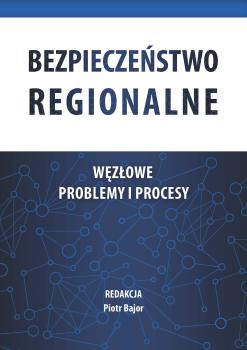European Union response to hybrid threats .......... 11
Streszczenie
We live in an era of hybrid threats. Hence, the EU and its member nations are redefining their security policy and implementing new strategies. The objective of this paper is to identify, analyze, and assess the EU responses to hybrid threats targeting European, and particularly Central and Eastern Europe countries’ security. The main hypothesis stipulates that ‘resilience’ with civil preparedness as its central pillar forms a base of the EU strategy and that cybersecurity and strategic communication are EU’s priorities.
Is resilient cyberspace critical for our daily life, economy, and national security? Should we enhance strategic communications? How to prepare our civil sectors to continue providing essential services to population and supporting military operations in a crisis?
Europe is facing the greatest security challenges since the end of the Cold War. Crimea seizure, the destabilization of eastern Ukraine, disinformation campaigns, cyber-attacks, terrorism, crisis in the Middle East, poverty, global financial volatility, and current COVID-19 pandemic create new challenges. The security environment has become more demanding because of globalization. How to prepare for a crisis?





